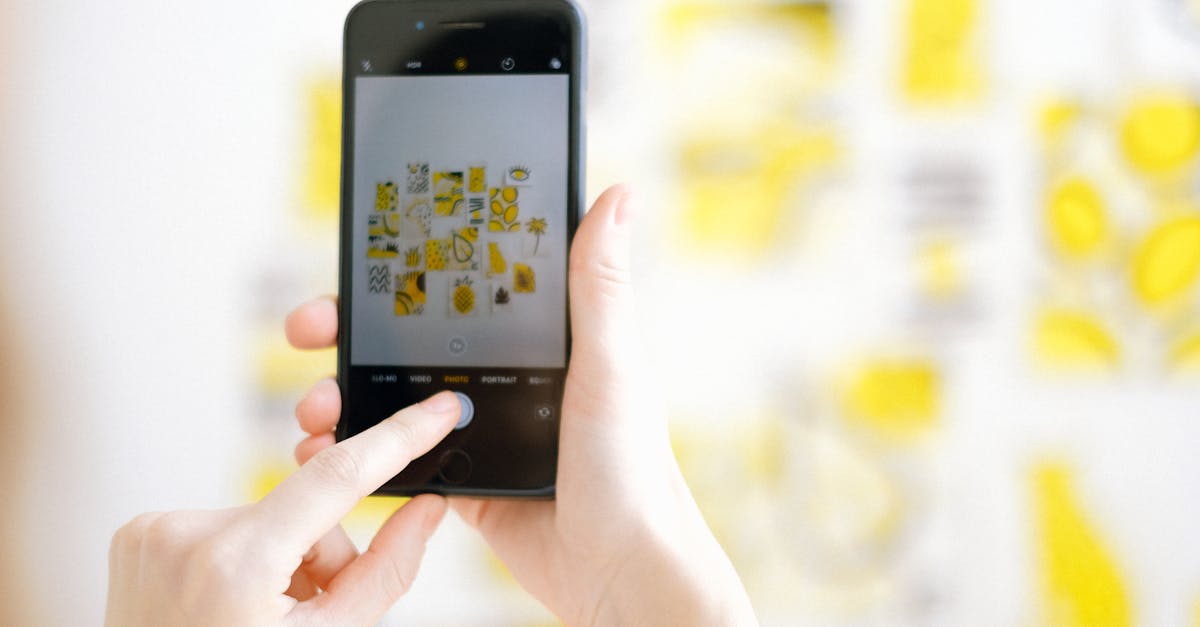Ever sent a stunning photo from your iPhone to an Android, only to find it looks like a Picasso painting gone wrong? You’re not alone. Many users scratch their heads, wondering why those crystal-clear images turn into blurry messes during the transfer.
Table of Contents
ToggleUnderstanding Image Quality
Transferring images from an iPhone to an Android device often results in reduced image quality. Various factors contribute to this issue, affecting how users perceive their photos.
Factors Affecting Image Clarity
Image resolution plays a significant role in clarity. High-resolution images maintain detail better than lower-resolution ones. Compression also impacts quality, altering original file integrity during transfer. Device specifications can further affect clarity; differences in screen resolution or processing capabilities lead to variations in display quality. Finally, connectivity issues during transfer may corrupt files, resulting in blurry images.
Compression Techniques Used
Compression techniques vary across platforms, influencing image quality. iPhones often use proprietary formats that may compress images differently compared to Androids. Lossy compression reduces file size, sacrificing some quality for convenience. Lossless compression keeps the original quality intact but yields larger file sizes. When photos are shared through messaging apps or email, they might undergo additional compression, leading to further quality loss. Understanding these techniques is essential for users aiming to preserve image clarity during transfers.
iPhone to Android Image Transfer
Transferring images from an iPhone to an Android device often results in a loss of quality. Understanding the underlying factors helps users achieve better results.
Different Formats and Resolutions
JPEG and HEIC are common formats on iPhones, while Android devices may prefer JPEG and PNG. Image resolution plays a crucial role in maintaining clarity; higher resolutions retain more detail. A standard iPhone image captures at 12 megapixels, showing incredible detail. When compressed, even high-resolution images can lose fidelity. Lossy compression especially impacts photo quality, making details harder to discern. For users transferring pictures, matching formats and preserving resolutions leads to clearer images.
Transfer Methods and Their Impact
Various transfer methods impact image quality significantly. Emailing pictures typically compresses them, degrading their quality. Cloud services such as Google Drive and Dropbox allow users to store and share images without compression. Direct transfers using a USB cable or wireless transfer applications often maintain original quality. Using messaging apps for sending photos can lead to further compression and loss of clarity. Selecting the right transfer method can greatly influence the final quality of images on Android devices.
Common Issues Encountered
Sending photos from an iPhone to an Android device often results in common issues that affect image clarity and quality. Users frequently encounter blurriness and a noticeable loss of quality during these transfers.
Blurriness in Photos
Blurriness in photos usually stems from compression methods utilized during transfer. iPhones and Androids adopt different compression algorithms, which may lead to noticeable quality differences. Wireless transfers through messaging apps frequently result in reduced resolution, causing images to appear soft or pixelated. Sending high-resolution images can mitigate some issues, but if the transfer method applies strong compression, clarity suffers. Users should prioritize transfer methods that preserve original images to minimize this effect.
Loss of Quality
Loss of quality occurs when files undergo significant compression, impacting visual integrity. JPEG and HEIC formats used by iPhones often lose detail when transferred through standard messaging platforms. Android devices might interpret these formats differently, causing additional degradation. Cloud storage services maintain original file quality, allowing for seamless sharing without compression loss. When choosing a transfer method, selecting options that favor quality retention is crucial for optimal photo experience. Users can significantly reduce quality loss by employing direct transfers via USB or using cloud services.
Tips for Better Image Transfer
To enhance image quality when transferring from iPhone to Android, users can adopt specific strategies.
Best Practices for Maintaining Quality
Opt for direct transfer methods. USB connections often maintain image quality better than wireless options. Utilize cloud storage services to avoid compression often associated with email and messaging apps. Consider file formats; using JPEG or PNG improves compatibility between devices. Adjust settings to send images at their original resolutions, enabling clearer transfers. Avoid using social media apps for sharing; they frequently compress images, leading to loss of detail. Prioritize transferring high-resolution images to minimize potential quality degradation during the process.
Recommended Apps and Tools
Explore Google Drive for efficient, lossless photo transfers. This platform allows users to store and share images without compromising quality. Try Dropbox; it also offers cloud storage and sharing capabilities without compressing files. Use Send Anywhere for quick transfers between devices while preserving original image quality. Consider Simple Transfer, which facilitates wireless transfers over Wi-Fi, ensuring better clarity and detail preservation. Look into iMazing, offering a robust tool for transferring photos directly from iPhone to Android, retaining high quality throughout the process.
Conclusion
Transferring pictures from an iPhone to an Android device often leads to frustrating image quality issues. Understanding the differences in compression methods and file formats is crucial for maintaining clarity. By choosing the right transfer methods such as USB connections or cloud storage, users can significantly reduce the risk of blurry images.
It’s essential to prioritize high-resolution images and compatible formats to ensure the best possible quality. With the right strategies in place, users can enjoy seamless photo sharing without compromising on detail.



